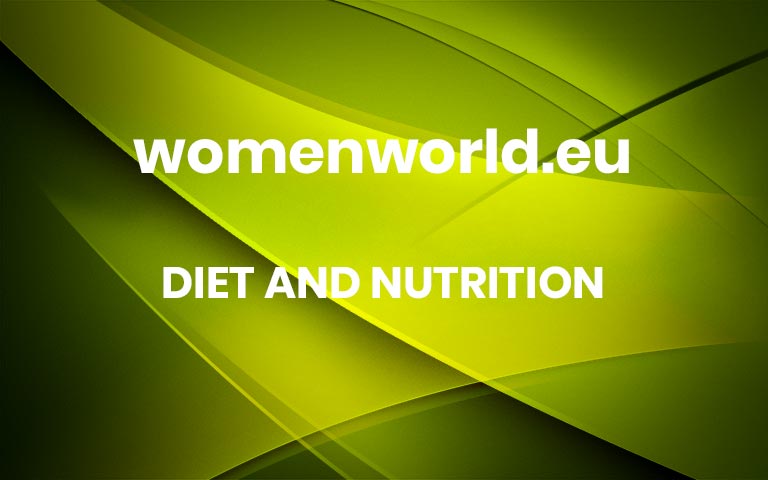This Balsamic Leg Of Lamb Is The Show-Stopping Centrepiece You Need
A slow-roasted, show-stopping centrepiece for any celebration. More
Subterms
138 Shares
A slow-roasted, show-stopping centrepiece for any celebration. More
150 Shares
in diet and nutritionNext time everything feels like… a lot, choose something that gives you space instead of taking more from you. More
125 Shares
in diet and nutritionThis is a repeat-on-rotation meal. More
100 Shares
in diet and nutritionYou don’t need to be a chef to create a delicious summer spread. More
125 Shares
in diet and nutritionEveryone loves a sosatie! More
63 Shares
in diet and nutritionIt’s festive, refreshing and very hard not to go back for seconds. 🍑 More
150 Shares
in diet and nutritionNespresso unveils a trio of limited-edition coffees, crafted to surprise, delight and awaken the senses. More
125 Shares
in diet and nutritionYour next cosy, comfort meal. More
125 Shares
in diet and nutritionHack your happy hour! More

This portal is not a newspaper as it is updated without periodicity. It cannot be considered an editorial product pursuant to law n. 62 of 7.03.2001. The author of the portal is not responsible for the content of comments to posts, the content of the linked sites. Some texts or images included in this portal are taken from the internet and, therefore, considered to be in the public domain; if their publication is violated, the copyright will be promptly communicated via e-mail. They will be immediately removed.

